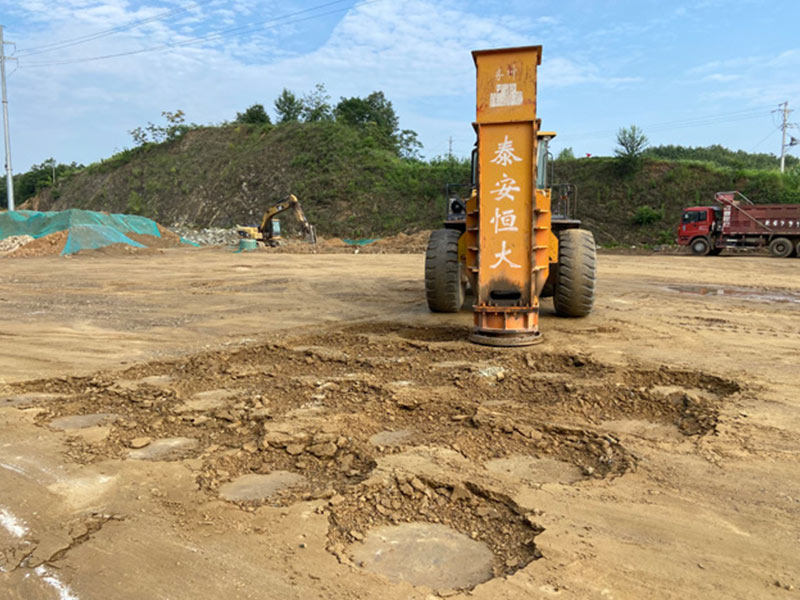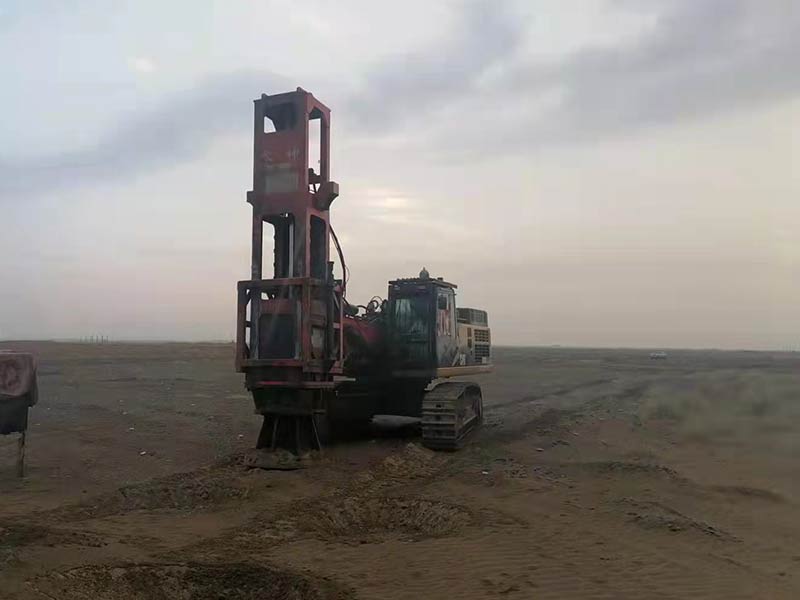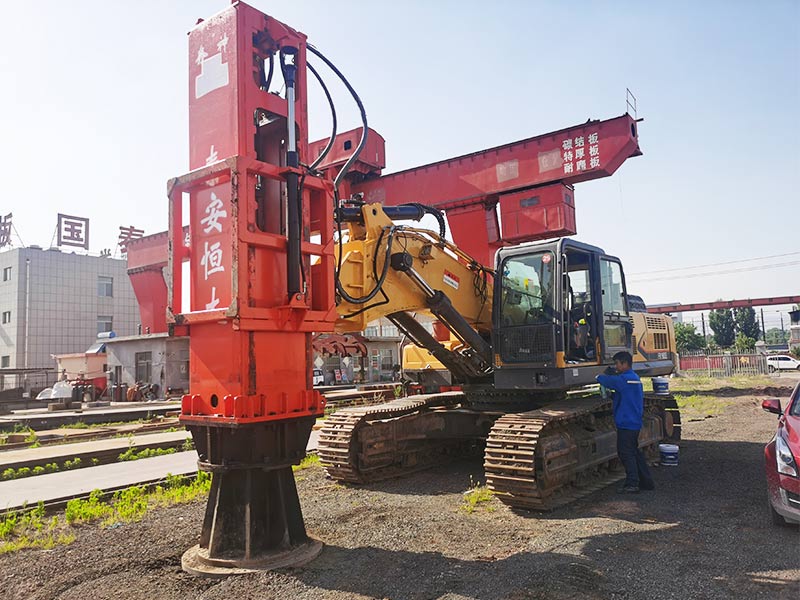Video shows ramming construction at Jazan airport in Saudi Arabia
The Rapid Impact Compaction mainly adopts the principle of ramming technology and special design to consolidate the foundation of a specific depth. Its working principle is mainly: the use of hydraulic cylinders to lift the rammer, reach a certain height and then release freely. Due to the combined influence of gravity and hydraulic accumulators, the rammer hammer accelerates down. After descending, hit the rammed foot on the ground with a cushion and tame the ground with the rammed foot. The number of rammers per minute can exceed 40 times, and the quality of the rammer is different. Generally speaking, it is between 1.2 and 1.4 tons. Each time the ground is rammed, the energy can reach 15kn to 48kn per meter. Through testing, we learned that the specific compaction depth of the Rapid Impact Compaction is generally between 1 and 4m, and the depth that may be affected is generally between 4 and 10m, which is only smaller than the rammer and larger than other compaction machinery, such as the impact roller.

As we mentioned above, rammers use ramming feet to act on the ground. Compared with traditional rammers, the peak of the force is relatively small and the action time is relatively long. Its main feature is its soft action, which is not easy to cut the filling streamline, but it is also protected from dust and splashes. Compared with the rolling technology such as the roller, it has a strong penetration force, and when the force is relatively uniform to process the foundation, it is not easy to form a surface hard knot, and its compactness is relatively uniform within a certain depth range.

1. The working depth is large, which can be backfilled for 1~4m at one time, and the construction efficiency is greatly improved;
2. It is installed directly on the loader, which is flexible, and the corners do not need to be treated with a small tamper;
3. It reduces the input of small compaction equipment and manpower, reduces the reuse rate of compaction equipment, and greatly reduces the construction cost;
4. It has soft function, strong and uniform permeability, and the fabric forms surface hardening during base treatment, which can obtain relatively uniform density in a large depth range.








